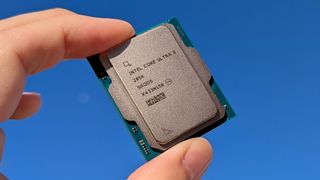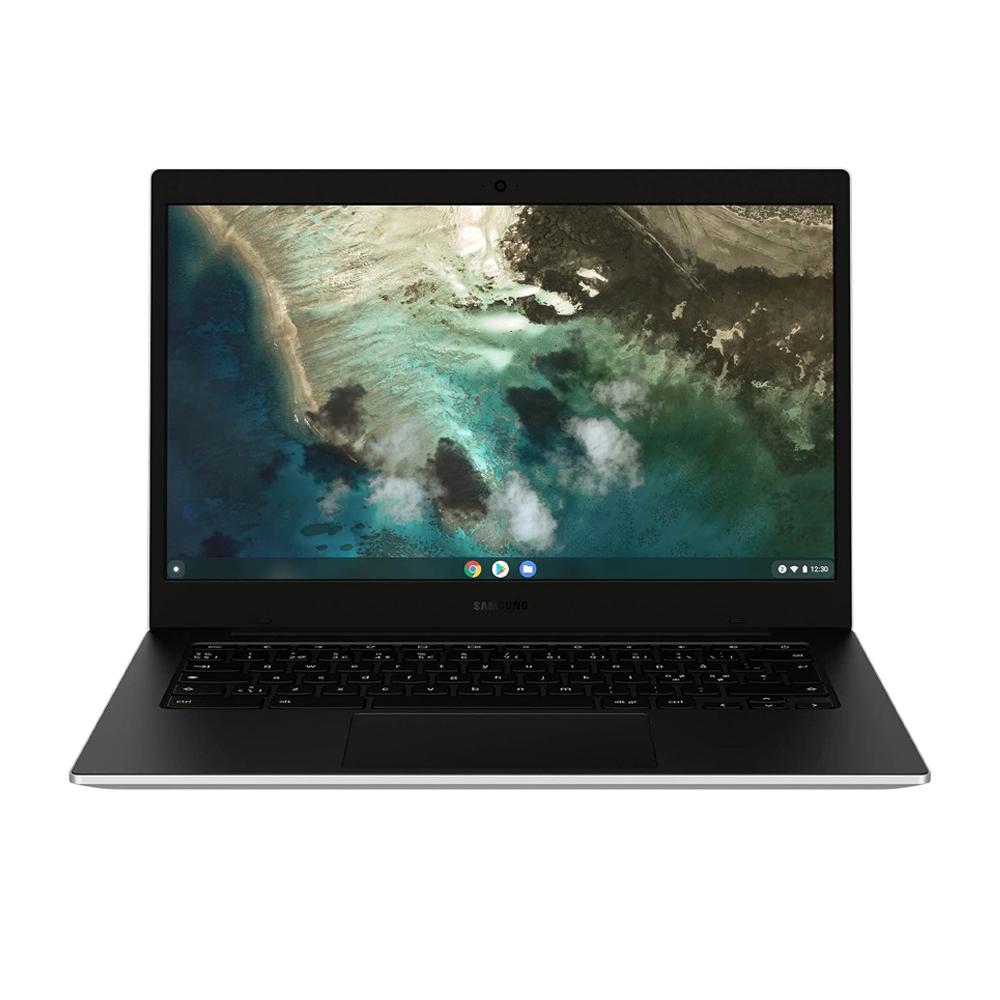Intel particulars 5 details affecting its Arrow Lake desktop CPUs
Intel’s “Arrow Lake” desktop AI processors had been formally launched on October 10, 2024, following a chronic delay. They arrive in 5 flavors, ranging from Core Extraordinarily 5 by way of Core Extraordinarily 9. We purchased our fingers on CPUs from every ends of the effectivity spectrum, and following a great deal of testing, it turned clear that power effectivity was the objective with these new chips.
As a result of it appears—revealed in a model new weblog submit on Intel’s website—raw gaming effectivity did not type up as supposed when the chips arrived in reviewers’ fingers. Intel has now concluded an investigation into the issue that began on October 26. 5 principal effectivity factors had been discovered, and 4 fixes have already been pushed out by the use of House home windows 11 and BIOS updates.
Intel’s 5 main Core Extraordinarily Sequence 200S fixes

Intel components out in its weblog submit that “editorial conclusions on gaming effectivity had been further polarized, with noteworthy statistical variation from one article to the next.” That aligns with what House home windows Central Senior Editor Ben Wilson wanted to say in his Core Extraordinarily 5 245K analysis:
“Intel’s new Core Extraordinarily Sequence 2 may sound unusual to some lovers, with avid players anticipating a generational leap that was under no circumstances actually promised. Instead, we get a productiveness breakthrough with a loyal NPU lastly making its answer to desktops as power effectivity turns into the final objective on this period.”
Intel started investigating why gaming effectivity quoted by reviewers wasn’t the an identical as what was seen in its private testing, and it’s now wrapped up after discovering 5 main factors.
Listed under are the 5 root causes with quotes pulled from Intel:
- Missing PPM Bundle: “Intel incorrectly scheduled this House home windows Substitute bundle for particular person/retail availability, not reviewer availability.” — Resolved in House home windows 11 assemble 26100.2161
- Intel APO Might Not Take Influence: “The missing Intel PPM positioned the processor into an aberrant state the place APO could not take impression.” — Resolved in House home windows 11 assemble 26100.2161
- BSOD When Launching Easy Anti-Cheat Titles: “A recognized topic between House home windows 11 24H2 and the April 2024 (or older) Easy Anti-Cheat driver bundled with PC video video games.” — Resolved by the use of an updated Epic Video video games Easy Anti-Cheat driver.
- Select Effectivity Settings Misconfigured in Reviewer BIOSes: “Consistency of VIP settings not sufficiently re-validated or enforced by Intel.” — Resolved in BIOS updates for Z890 motherboards.
- New BIOS Effectivity Optimizations: “Intel has furthermore acknowledged a small assortment of effectivity optimizations which could be simply these days developed, or weren’t ready for the motherboard BIOS images launched thus far.” — Unresolved nevertheless anticipated to be fixed by the use of BIOS change in January 2025.
The Core Extraordinarily 200S lineup accommodates the Core Extraordinarily 5 245KF, Core Extraordinarily 5 245K, Core Extraordinarily 7 265KF, Core Extraordinarily 7 265K, and Core Extraordinarily 9 285K, and it appears to be like these root causes can affect all chips.
Intel strongly suggests going by way of the important updates as shortly as potential to negate the effectivity factors. House home windows 11 mannequin 26100.2314 (or newer) is the place you must be, and your motherboard BIOS additionally must have the latest drivers. These can usually be sourced out of your motherboard producer’s official website.
How numerous a effectivity improve can you depend on with these updates?
Sadly, a mix of any of these 5 factors could very effectively be plaguing your Arrow Lake desktop CPU, so it’s arduous to say exactly how numerous a effectivity enhance you may even see as quickly because the bugs are gone.
Intel states that it may ship a further full change on the state of affairs at CES 2025, with a greater take a look at effectivity enhancements. With AMD’s Ryzen X3D CPUs cornering the PC gaming market, Intel had increased hope that it may have some overly constructive data to share in a variety of weeks at CES.






